Home>Garden Essentials>How Much Does It Cost For Landscaping
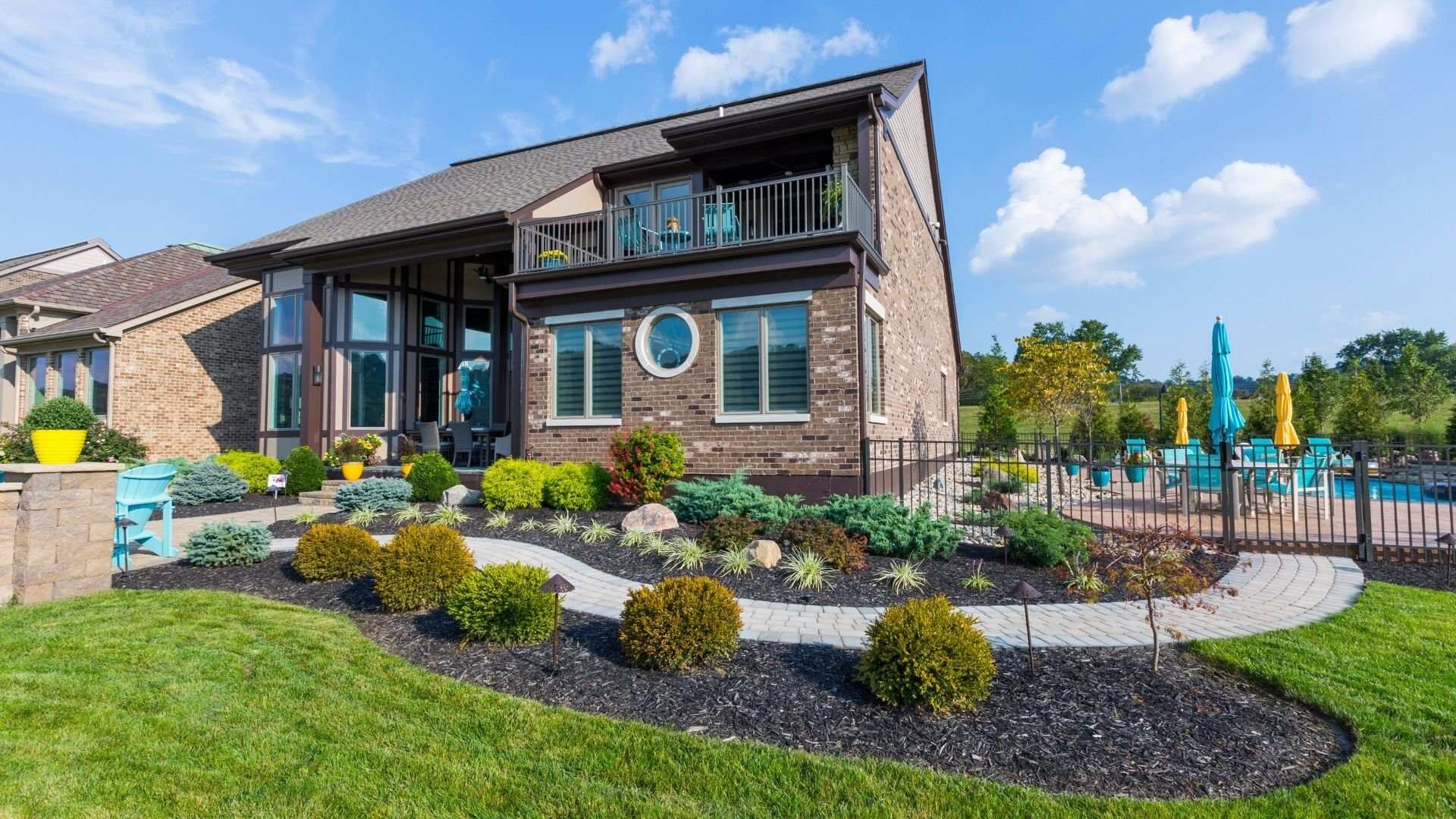

Garden Essentials
How Much Does It Cost For Landscaping
Modified: August 27, 2024
Get an estimate on garden landscaping cost and find out how much it will cost for your dream garden. Contact us for a personalized quote today!
(Many of the links in this article redirect to a specific reviewed product. Your purchase of these products through affiliate links helps to generate commission for Storables.com, at no extra cost. Learn more)
Introduction
Welcome to the world of landscaping, where the beauty of gardens and outdoor spaces is cultivated through careful design, selection of plants, and strategic planning. Whether you have a small backyard in need of a makeover or a larger property with multiple outdoor areas, landscaping can transform your space into a breathtaking oasis.
However, before you embark on your landscaping journey, it is essential to understand the costs involved. Landscaping costs can vary significantly depending on various factors, including the size of your project, the complexity of the design, materials used, and the expertise of the professionals involved. By gaining a deeper understanding of these factors, you can better plan your budget and make informed decisions.
In this article, we will explore the different factors that can affect landscaping costs, providing insights into design and planning costs, materials and plant costs, labor costs, additional features costs, and maintenance costs. By understanding these elements, you can obtain a clearer picture of what to expect when embarking on your landscaping project.
Please note that while we will provide general pricing information based on industry averages, it is essential to consult with a professional in your area to obtain accurate and specific cost estimates for your project.
So, let’s dive into the world of landscaping costs and uncover the secrets to creating a stunning outdoor space that fits within your budget.
Key Takeaways:
- Landscaping costs vary based on project size, design complexity, materials, labor, and maintenance. Planning, budgeting, and working with professionals are essential for creating a stunning outdoor space within your means.
- Design, materials, labor, additional features, and maintenance all contribute to landscaping costs. Careful planning, prioritizing needs, and open communication with professionals are key to a successful and enjoyable outdoor oasis.
Read more: How Much Does Landscaping Design Cost
Factors Affecting Landscaping Costs
When it comes to landscaping costs, there are several factors that can influence the overall price of your project. Understanding these factors will help you make informed decisions and plan your budget effectively. Here are some key factors that can affect landscaping costs:
- Size of the Project: The size of your landscaping project is one of the most significant factors that will impact the cost. Larger projects require more time, materials, and labor, resulting in higher costs compared to smaller-scale projects.
- Design Complexity: The complexity of your landscaping design can also affect the overall cost. Intricate designs with detailed features, multiple levels, or unique elements will require more planning and skilled labor, resulting in higher costs.
- Materials Selection: The materials you choose for your landscaping project can have a significant impact on the cost. High-end materials, such as natural stone, exotic plants, and premium-grade wood, will come at a higher price compared to more affordable options.
- Soil Condition: The condition of your soil can also affect the cost of your landscaping project. If your soil requires extensive preparation, amendment, or drainage solutions, additional costs may be incurred.
- Accessibility: The accessibility of your outdoor space can impact the cost of labor. If your project site is challenging to reach or requires special equipment for installation, it may result in higher labor costs.
By taking these factors into consideration, you can have a better understanding of how they contribute to the overall landscaping costs. Working closely with a professional landscaper is essential to ensure that these factors are taken into account and that you receive accurate cost estimates for your specific project.
Design and Planning Costs
When it comes to landscaping, the design and planning stage is crucial for creating a cohesive and visually appealing outdoor space. This stage involves working with a professional designer or architect to develop a customized plan that meets your preferences and requirements. However, it’s important to note that there are costs associated with this process. Here’s a breakdown of the design and planning costs you may encounter:
- Consultation Fee: Many professional designers charge an initial consultation fee. This fee covers the time spent discussing your vision, assessing the site, and offering initial design suggestions. It’s an opportunity for you to establish a rapport with the designer and ensure they understand your goals.
- Site Analysis: Before the design process can begin, a thorough site analysis must be conducted. This analysis helps identify any existing conditions, potential challenges, and opportunities for your landscaping project. The cost of a site analysis may vary depending on the size and complexity of the site.
- Design Concept: Once the site analysis is completed, the designer will create a design concept that reflects your vision and addresses the site conditions. This concept may include sketches, 3D renderings, and plant and material recommendations. The cost for a design concept can vary based on the complexity of the project.
- Detailed Design Plan: After the design concept is approved, the designer will develop a detailed plan that includes specific measurements, materials, plant selections, and construction details. This plan acts as a blueprint for the installation phase. The cost of a detailed design plan will depend on the scope and complexity of the project.
- Revisions and Updates: It’s common for design plans to require revisions or updates as the project progresses. These changes may be due to budget constraints, material availability, or personal preferences. The cost for revisions or updates will depend on the extent of the changes and the designer’s policies.
Keep in mind that design and planning costs can vary widely depending on the size and complexity of the project, as well as the level of expertise and reputation of the designer. It’s essential to have a clear understanding of the design and planning fees upfront to avoid any surprises during the process. Working with a professional who offers transparent pricing and clear communication will help ensure a smooth and successful design phase of your landscaping project.
Materials and Plant Costs
When it comes to landscaping, the choice of materials and plants plays a significant role in the overall aesthetic and functionality of your outdoor space. However, it’s important to recognize that these materials and plants come with associated costs. Here’s a breakdown of the materials and plant costs you may encounter during your landscaping project:
- Hardscaping Materials: Hardscaping materials include items such as pavers, bricks, stones, gravel, and decking materials. The cost of these materials can vary widely based on factors such as the material quality, size, thickness, and design complexity. It’s essential to consider both the upfront cost and the longevity of the materials when making your selection.
- Softscaping Materials: Softscaping materials refer to the living elements of your landscape, including plants, trees, shrubs, and flowers. The cost of softscaping materials can vary based on factors such as the size, species, and maturity of the plants. Rare or exotic plants may also come at a higher price. Additionally, consider the ongoing maintenance requirements of the plants when budgeting for softscaping costs.
- Irrigation and Lighting: In addition to the hardscaping and softscaping materials, you may also need to budget for irrigation systems and outdoor lighting fixtures. These features enhance the functionality and beauty of your outdoor space but come with associated costs. The price can vary based on the complexity of the system and the number of fixtures required.
- Sustainable and Eco-friendly Materials: If you prioritize sustainability in your landscaping project, you may opt for eco-friendly materials such as recycled pavers, reclaimed wood, or native plants. These materials, although often slightly higher in cost, provide long-term benefits for the environment and can contribute to the overall sustainability of your space.
- Delivery and Installation Costs: Lastly, it’s important to consider the delivery and installation costs for materials and plants. Some suppliers may charge a fee for delivering heavy or bulk items, while the installation of certain materials might require specialized equipment or professional labor. These costs should be factored into your overall budget.
When planning your landscaping project, it’s crucial to research and compare the costs of different materials and plants. Consider consulting with a professional landscaper who can help guide you in making the right selections that align with your budget and desired aesthetic. By investing in high-quality materials and plants, you can create a stunning and sustainable landscape that will bring joy for years to come.
Get multiple quotes from different landscaping companies to compare costs. Consider the size of your yard, the type of plants and materials you want, and any additional services you may need. This will help you find the best price for your landscaping project.
Labor Costs
When it comes to landscaping projects, labor costs can be a significant portion of your overall budget. The expertise and skills of the professionals involved in the installation and construction of your outdoor space directly impact the quality and longevity of the finished product. Here are some factors to consider when it comes to labor costs in landscaping:
- Scope of the Project: The size and complexity of your landscaping project will determine the amount of labor required. Larger projects that involve extensive excavation, grading, and construction will require a larger team and more hours of work, resulting in higher labor costs.
- Experience and Expertise: The level of experience and expertise of the professionals you hire will also influence labor costs. Highly skilled landscapers or specialized tradespeople may charge higher rates due to their expertise and reputation. However, their knowledge and craftsmanship can ensure a higher quality and more efficient installation process.
- Location: Labor costs can also vary depending on your geographic location. Areas with a higher cost of living or where specialized labor is in high demand may have higher labor rates. It’s important to research the average labor costs in your area to avoid any surprises in your budget.
- Timeline of the Project: The timeline of your project can affect labor costs as well. If you have a restricted timeframe or require expedited work, it may incur additional costs. Similarly, if weather conditions or other unforeseen circumstances cause delays, it can impact labor costs.
- Permits and Regulations: Depending on your location, obtaining permits and complying with local regulations may require additional labor. This can include filing paperwork, coordinating inspections, and ensuring compliance with building codes. Be sure to consider these factors when planning your budget.
It’s essential to obtain multiple quotes from reputable landscape professionals and compare their labor costs. Keep in mind that the lowest bid may not always result in the best quality of work, so consider the reputation, experience, and reviews of the contractors as well. A well-executed and meticulously planned landscaping project can significantly enhance the value and enjoyment of your outdoor space.
Read more: How Much Does Desert Landscaping Cost
Additional Features Costs
When planning your landscaping project, you may have additional features in mind to enhance the functionality and aesthetics of your outdoor space. These features can add a unique touch and create a personalized experience. However, it’s important to consider the costs associated with these additional features. Here are some common additional features and the potential costs you may encounter:
- Outdoor Structures: If you’re looking to add structures like pergolas, gazebos, or outdoor kitchens, the costs can vary depending on the materials used, the size of the structure, and the complexity of the design. Expect to budget for materials, labor, and any necessary permits or approvals.
- Water Features: Water features such as fountains, ponds, or waterfalls can create a soothing and tranquil ambiance in your outdoor space. The costs of water features can vary widely depending on the size, materials used, complexity of the installation, and any additional infrastructure required, such as pumps or filtration systems.
- Fire Features: Adding a fire pit, fireplace, or outdoor heating element can extend the usability of your outdoor space and create a cozy atmosphere. The costs will depend on the size, materials, and features of the fire element, as well as any necessary safety precautions and permits.
- Outdoor Lighting: Outdoor lighting can enhance the beauty and functionality of your landscape, allowing you to enjoy your outdoor space even after the sun sets. The costs of outdoor lighting will depend on the type and quality of the fixtures, the number of lights required, and any additional wiring or electrical work needed.
- Decorative Elements: Decorative elements like sculptures, art installations, or garden ornaments can add a unique flair to your outdoor space. The costs for these elements can vary widely depending on the size, materials, and intricacy of the design.
- Accessibility Features: If you have specific accessibility needs or want to make your outdoor space more inclusive, factors such as ramps, pathways, or raised garden beds may need to be considered. The costs will depend on the materials used and the size and complexity of the accessibility features.
It is important to allocate a portion of your budget for these additional features and prioritize them according to your needs and preferences. Consulting with a professional landscaper or designer can help you determine the most suitable options within your budget. By carefully selecting and planning these additional features, you can create a personalized and inviting outdoor space that meets your unique requirements.
Maintenance Costs
After completing your landscaping project, it’s important to account for ongoing maintenance costs to keep your outdoor space looking beautiful and healthy. Proper maintenance ensures that your plants thrive, your hardscaping features retain their functionality and appearance, and that your outdoor space remains a source of enjoyment for years to come. Here are some maintenance costs to consider:
- Lawn Care: If you have a lawn, ongoing lawn care is necessary to maintain its health and appearance. This includes regular mowing, fertilizing, aerating, and weed control. The costs of lawn care services can vary depending on the size of your lawn and the specific needs of your grass type.
- Pruning and Trimming: Trees, shrubs, and plants require regular pruning and trimming to promote healthy growth and maintain their shape. The frequency of pruning and the complexity of the trimming depends on the specific plants in your landscape. If you’re unable to perform these tasks yourself, hiring a professional landscaper or arborist may be necessary.
- Irrigation System Maintenance: If you have an irrigation system in place, regular maintenance is essential to ensure proper functioning and water efficiency. This includes checking for leaks, adjusting sprinkler heads, and monitoring the timing and frequency of watering. Proper irrigation system maintenance can prevent water waste and potential damage to your plants.
- Weed and Pest Control: Controlling weeds and pests is crucial for maintaining the health and vitality of your plants. This may involve applying herbicides, insecticides, or natural remedies to protect your landscape from unwanted pests and invasive plants. The costs of weed and pest control can vary based on the size and complexity of your landscape and the extent of the infestation.
- Seasonal Plantings: Many gardeners enjoy changing out seasonal flowers and plants to keep their landscape vibrant throughout the year. The costs associated with seasonal plantings include purchasing new plants, soil amendments, and labor for planting and bed preparation.
- General Upkeep: General upkeep tasks, such as removing debris, mulching beds, and cleaning hardscaping features, contribute to the overall maintenance costs. These routine tasks help keep your outdoor space clean and attractive and prevent issues that may arise from neglect.
It’s important to factor in these ongoing maintenance costs when planning your landscaping budget. Regular maintenance not only ensures the longevity of your outdoor space but also helps protect your investment. If you’re unsure about the specific maintenance requirements of your landscape, consider consulting with a professional landscaper or garden maintenance service to develop a tailored maintenance plan.
Conclusion
Landscaping can transform your outdoor space into a stunning and inviting oasis, but it is essential to understand the costs involved. By considering the factors that affect landscaping costs, such as the size of the project, design complexity, materials and plants, labor, additional features, and maintenance, you can better plan your budget and make informed decisions.
Design and planning costs encompass the initial consultation, site analysis, design concept, detailed design plan, and any revisions or updates. It is important to work closely with a professional designer or architect to ensure your vision is translated into a feasible and visually appealing plan.
The materials and plant costs include hardscaping and softscaping materials, irrigation and lighting expenses, and any sustainable or eco-friendly choices. Take into consideration the quality, longevity, and maintenance requirements of these materials and plants when making your selections.
Labor costs are a significant portion of the budget and depend on the scope of the project, the experience and expertise of the professionals involved, location, timeline, and any permits or regulations. Research and compare quotes from reputable contractors to ensure high-quality work within your budget.
Additional features like outdoor structures, water features, fire elements, outdoor lighting, and decorative elements can enhance the functionality and aesthetics of your outdoor space. It is important to budget for these features and prioritize them based on your preferences.
Maintenance costs should not be overlooked, as they are necessary to keep your landscape in optimal condition. Regular lawn care, pruning and trimming, irrigation system maintenance, weed and pest control, seasonal plantings, and general upkeep are all considerations to keep your outdoor space looking its best.
In conclusion, landscaping costs can vary widely depending on numerous factors. By understanding these factors and working with professionals, you can create a breathtaking outdoor space that suits your style and budget. Remember to seek multiple quotes, prioritize your needs, and communicate openly with your landscaper to ensure a successful and satisfying landscaping project. With careful planning and proper maintenance, your outdoor oasis will bring joy and relaxation for years to come.
Frequently Asked Questions about How Much Does It Cost For Landscaping
Was this page helpful?
At Storables.com, we guarantee accurate and reliable information. Our content, validated by Expert Board Contributors, is crafted following stringent Editorial Policies. We're committed to providing you with well-researched, expert-backed insights for all your informational needs.
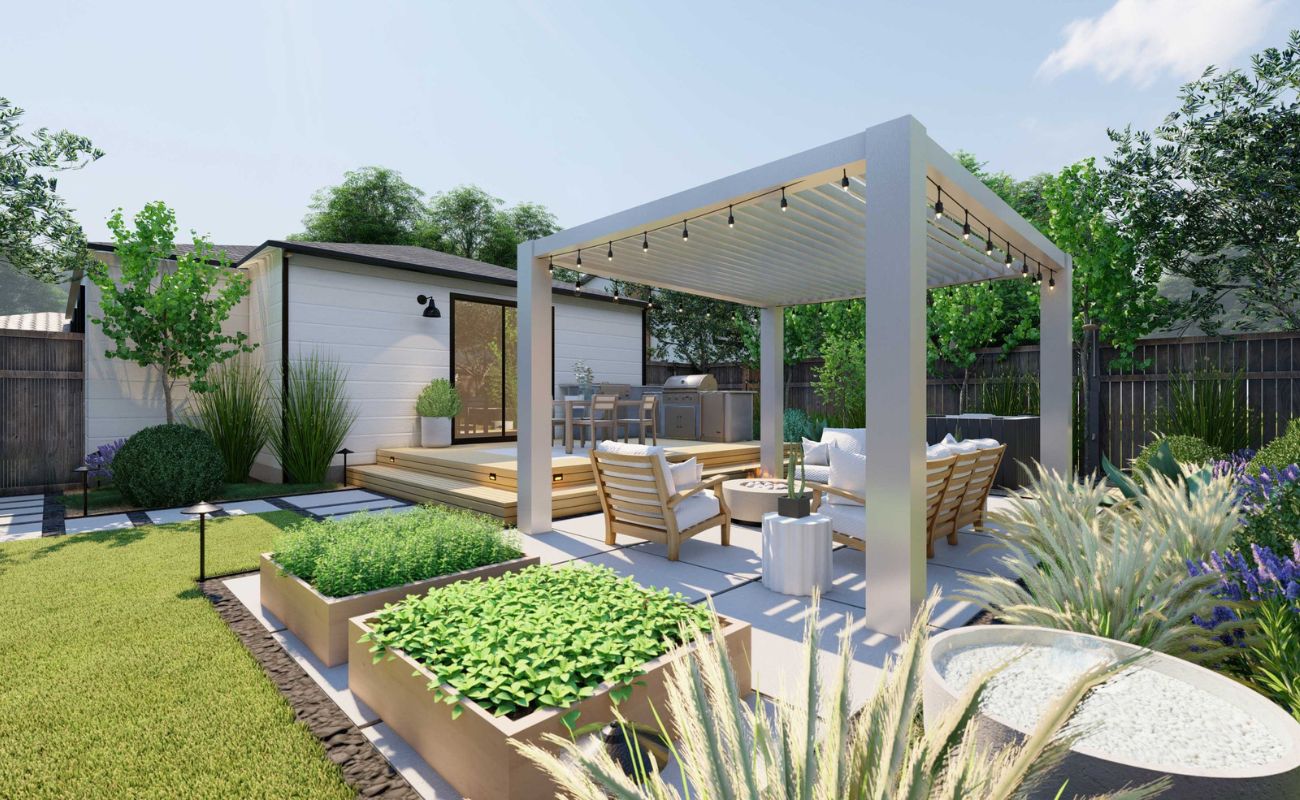
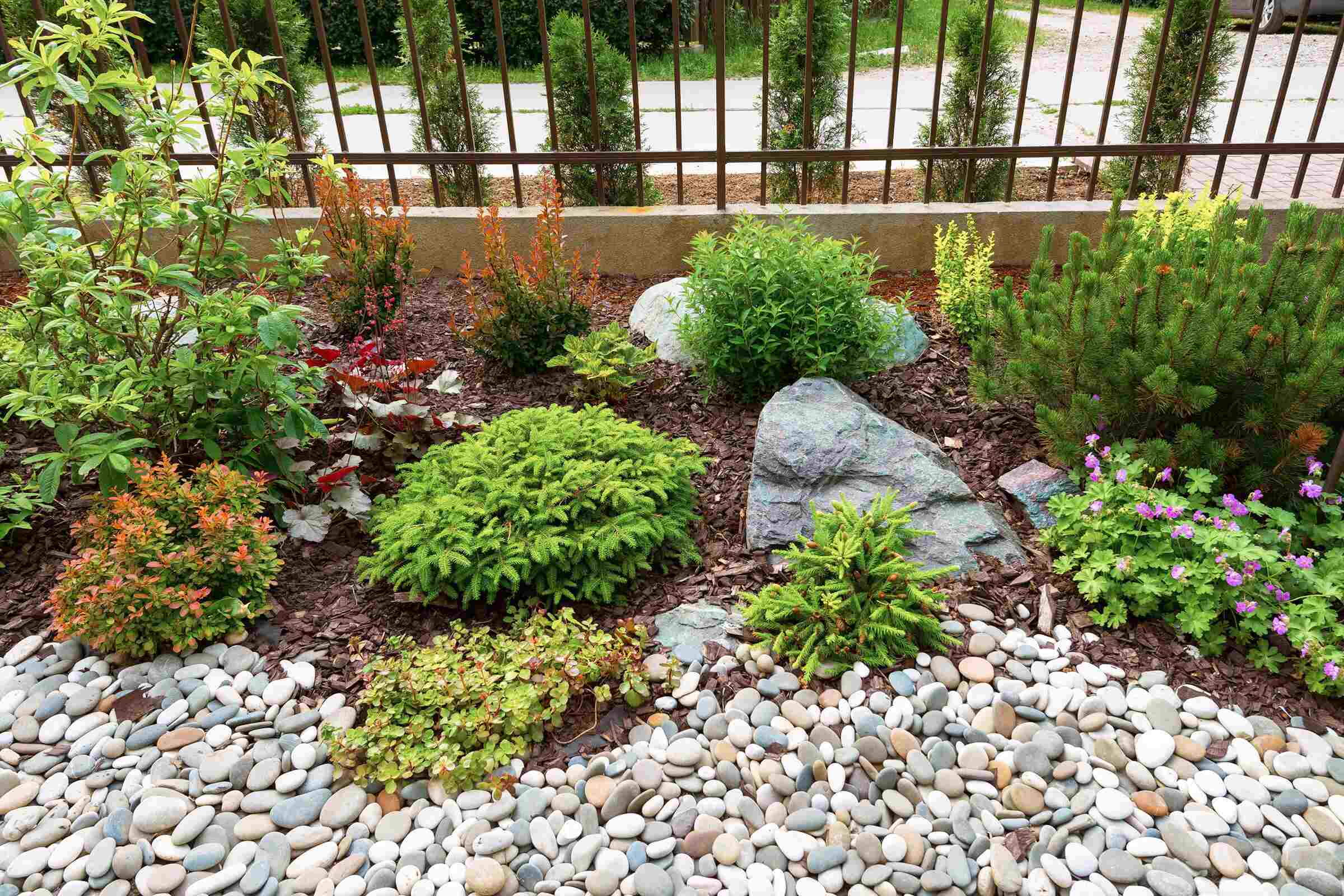
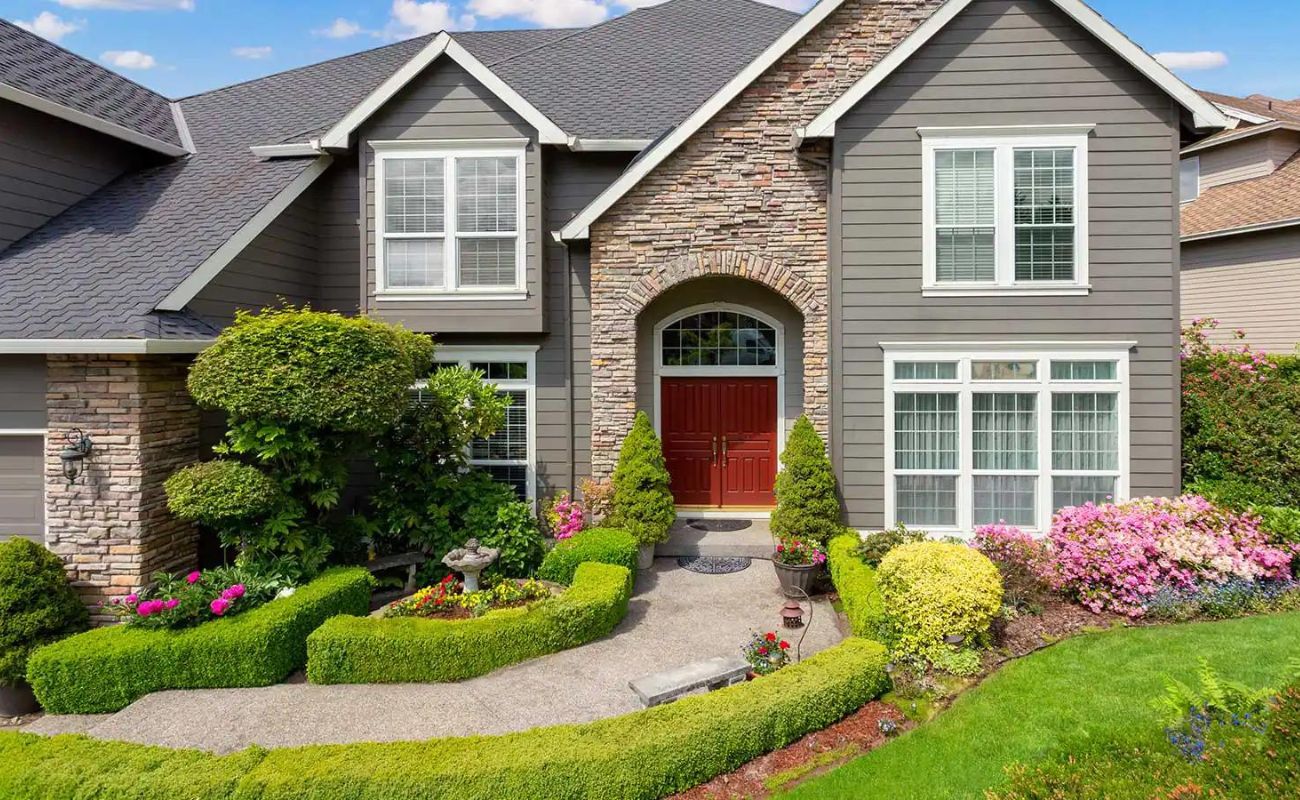
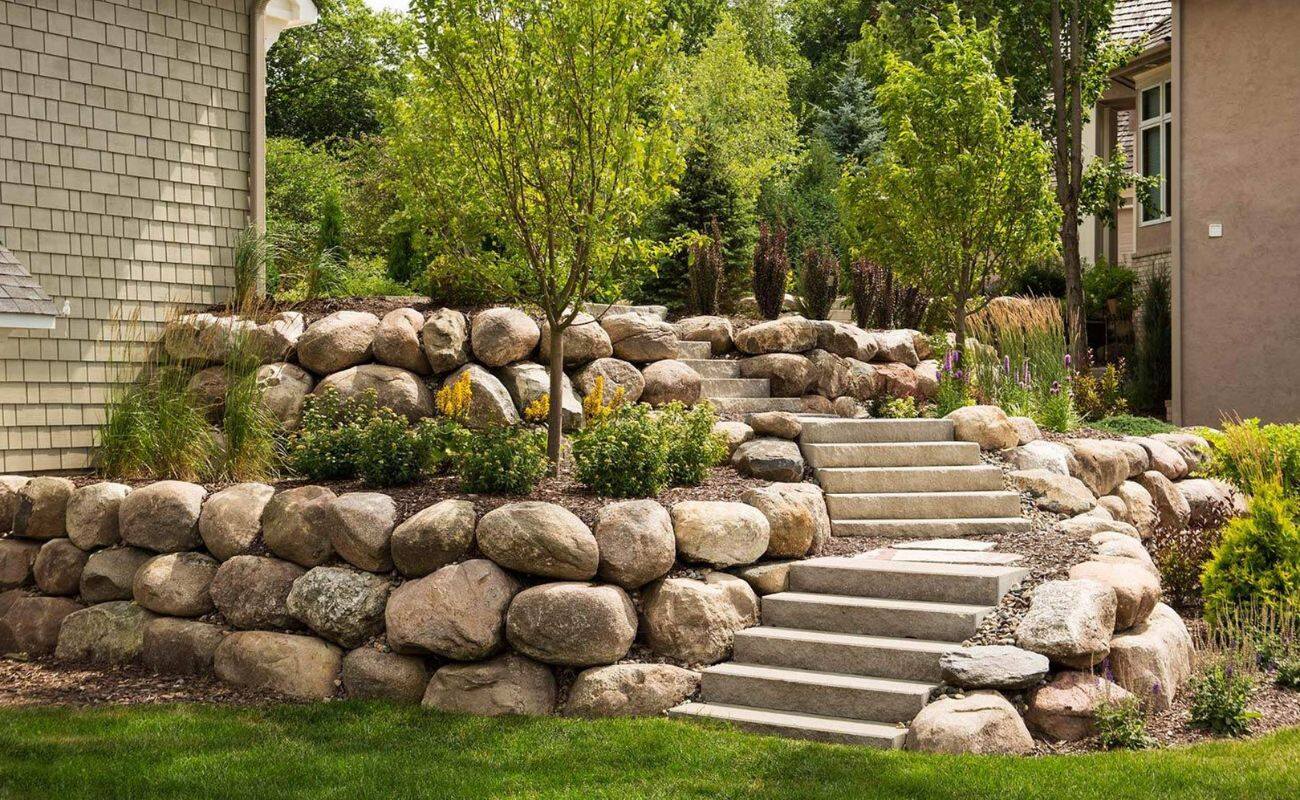





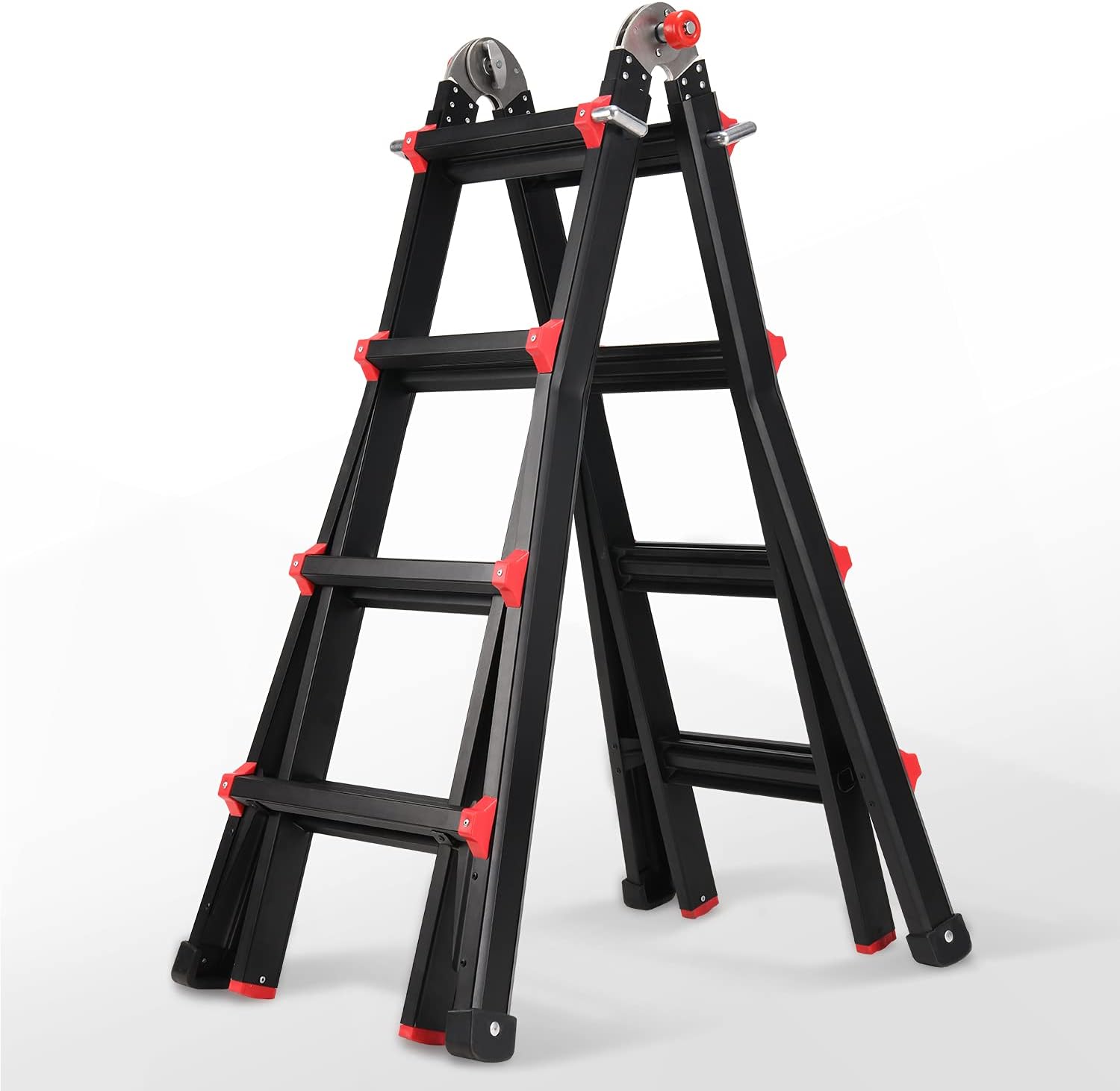
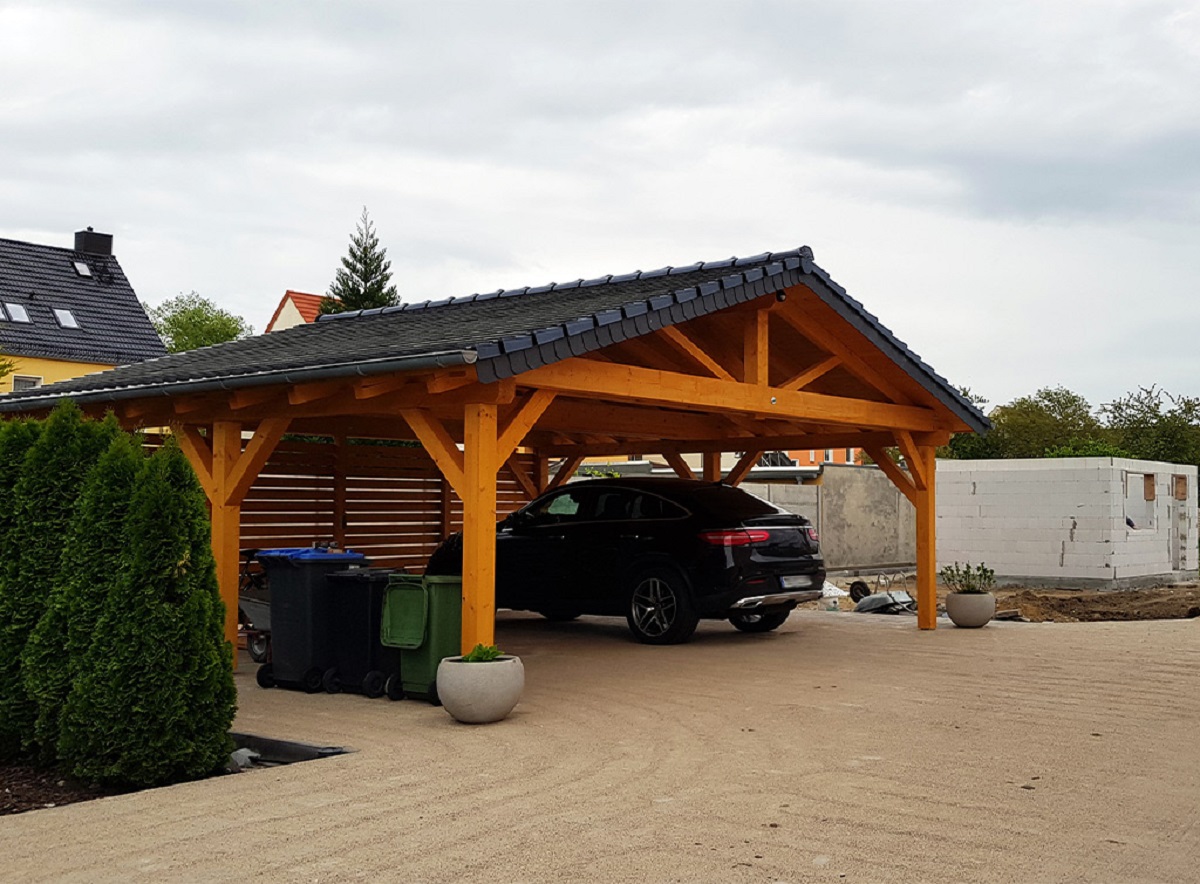
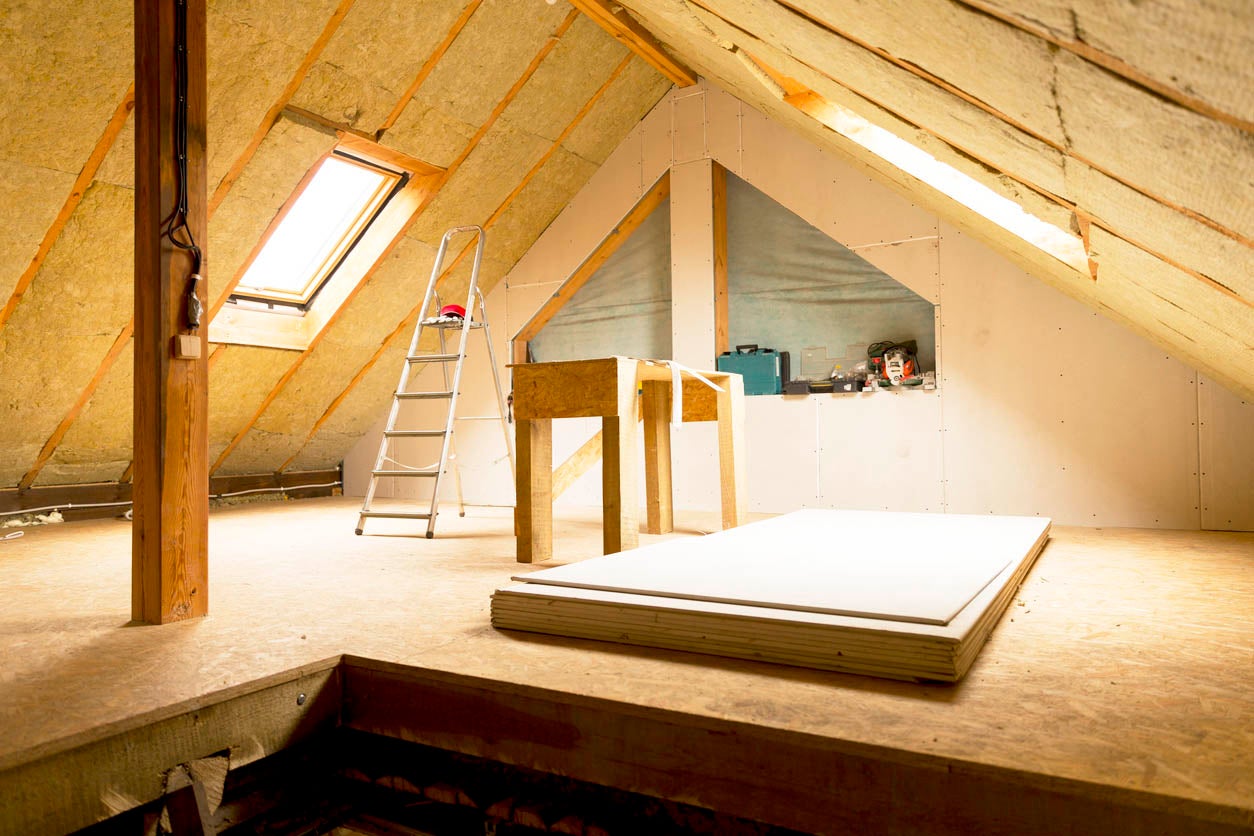
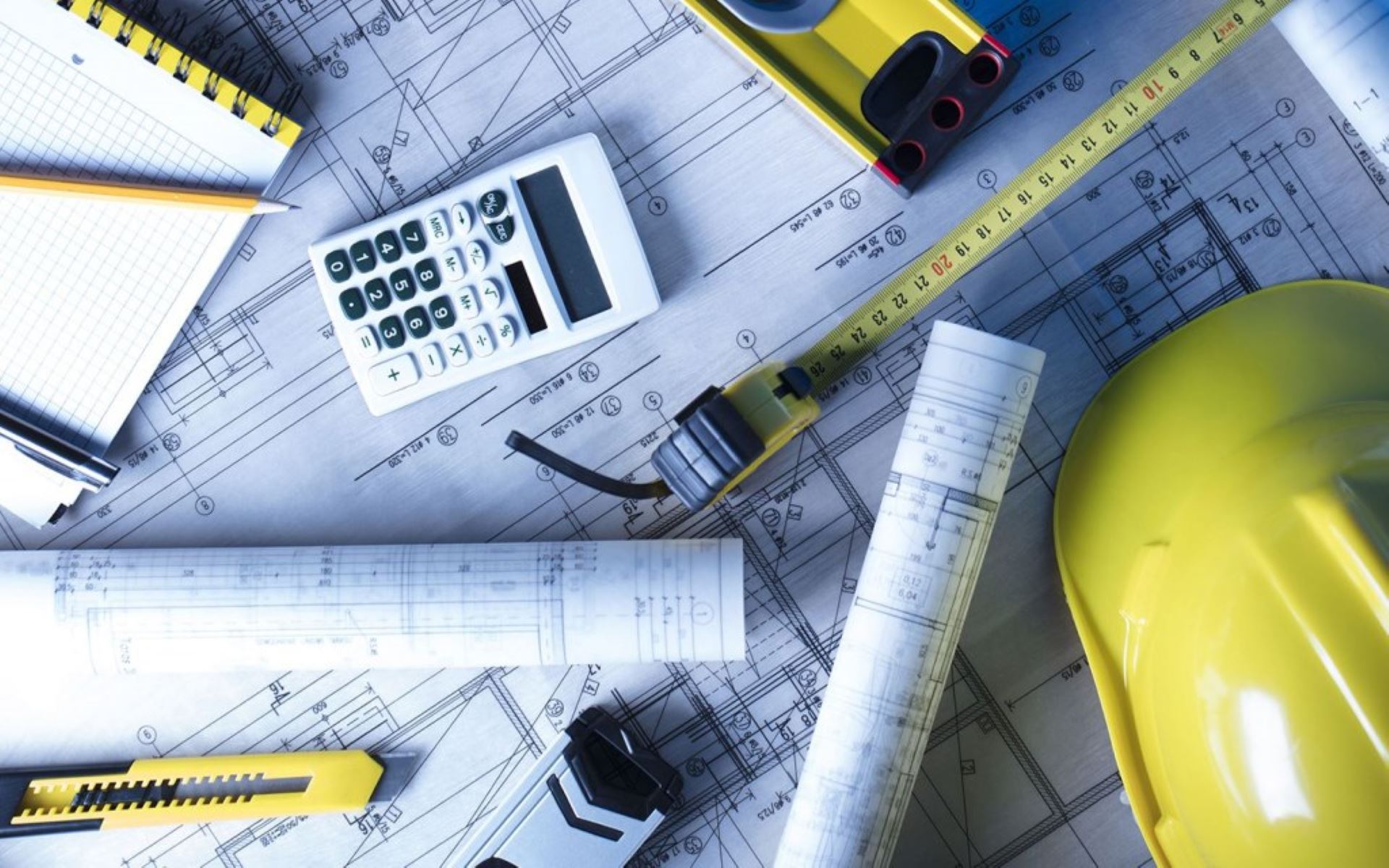


0 thoughts on “How Much Does It Cost For Landscaping”